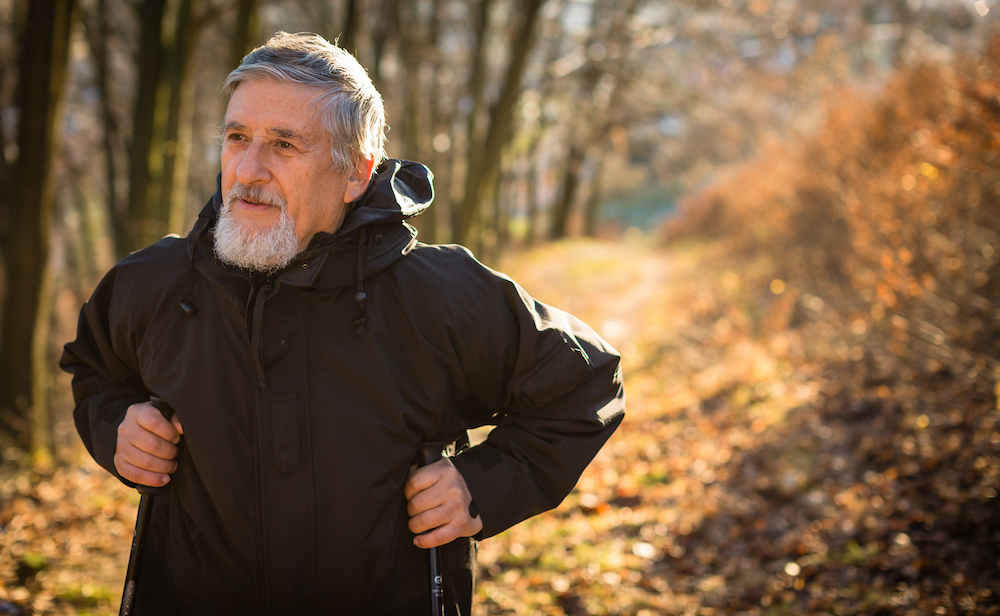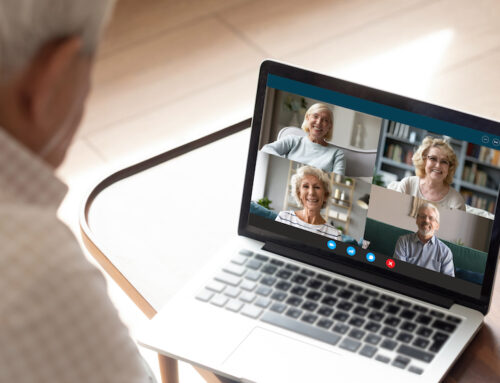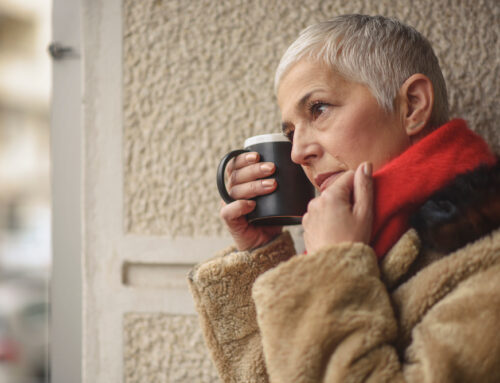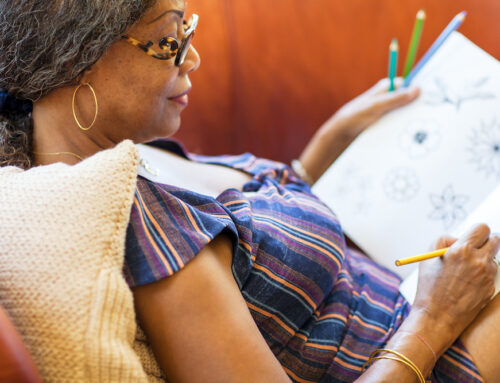If there is one thing that any resident at a senior living community in Vista should remember, it’s that these are your golden years and you need to make the most of them! Up until now, you have likely spent your whole life at work, taking care of your family, raising children, and all-in-all, keeping things running smoothly.
Undoubtedly, this time in your life was stressful and may have left you burnt out and exhausted. However, if you are now a part of a senior living community and you’re still struggling to relax and quiet your mind, we have a great outlet: active relaxation.
Defining Active Relaxation
What pops into your mind when you think of the word ‘relaxation’? Do you imagine sitting down in your recliner and putting on your favorite movie or TV show? What about curling up with a good book? Does it include doing a puzzle?
While relaxation has many forms and may include some of the aforementioned examples, active relaxation instead focuses on activities that involve some sort of moment. These activities may involve going for a walk, yoga, painting, or gardening. These examples are not only great exercises that get you moving, but can also help to reduce stress.
Continue reading to learn more active relaxation techniques and how it can be beneficial to seniors.
Incorporating Progressive Muscle Relaxation (PMR)
Active relaxation techniques take on many different forms. However, the most popular happens to be Progressive Muscle Relaxation, or PMR for short. The purpose of this technique is to help you relax your muscles and destress your mind. To use PMR, all you have to do is tense individual muscle groups for a set duration of time, then release the tension.
This technique was created by Edmund Jacobson back in the 1920’s. Jacobson, a physician, found that this exercise was able to relax the mind and reduce stress, as well as a multitude of physical benefits, including aiding in easing tense muscles and reducing overall tension in the body.
Other Common Techniques
If PMR isn’t for you, or you want to explore other common techniques, great news! There are plenty out there. For those who reside in a senior living community in Vista, keep reading to learn more!
Autogenic Training
Autogenic training is a type of relaxation technique that can be used to help reduce anxiety. Typically, it involves repeating statements to yourself to induce specific feelings. These feelings are usually centered around warmth and/or heaviness.
A good example of this would be repeating to yourself several times the phrase ‘my hands are heavy and warm’ until you actually feel those sensations in your hands. Once you have repeated this several times, you should feel the warmth and heaviness resonate throughout your whole body. While performing this technique, staying focused brings out the most benefit. It is used a lot to calm the mind and zeroing in your attention to only those isolated sensations.
Autogenic training is great for those who have anxiety, and it can be easily performed by individuals who struggle with mobility issues as well.
Breathing Techniques
Did you know that breathing techniques can be very effective in helping with stress and anxiety? If you’ve ever suffered a panic attack, or endured a really stressful moment that caused you to hyperventilate, you may recall that you weren’t able to calm down and focus until your breathing became more regulated.
If you can, try to sit or stand, whichever is more comfortable, and focus on your breathing. Start small, practicing around a minute or two, where you just focus on breathing. Pay close attention to your diaphragm, and time your inhales and exhales. Since most people don’t breathe naturally from their diaphragm, you may have to focus a little harder when first getting started.
A great technique you can try is known as ‘The Complete Breath’ and is often used in yoga classes. Begin this technique by taking a long, deep breath and expanding your chest and abdominal area. Once the lungs are completely full, exhale slowly while paying attention to emptying your chest and abdomen. Keep repeating until you feel calm and relaxed.
Be sure to never rush through this exercise! It is important to stay focused on your breathing in order to reap the most benefits.
Yoga
Odds are high that you have heard of yoga, as it is one of the most commonly practiced exercises in the world. Not only does it serve as a great relaxation method, it is also beneficial to both the mind and body. Yoga allows you to work at your own pace, and can be done on a yoga mat or even while sitting in a chair.
Chair yoga and Tai Chi are one of the many great activities we offer our residents here at Shadow Ridge. We know that staying active is important, especially for those in our senior living community in Vista. These also have the added benefit of socialization and getting to connect with other residents!
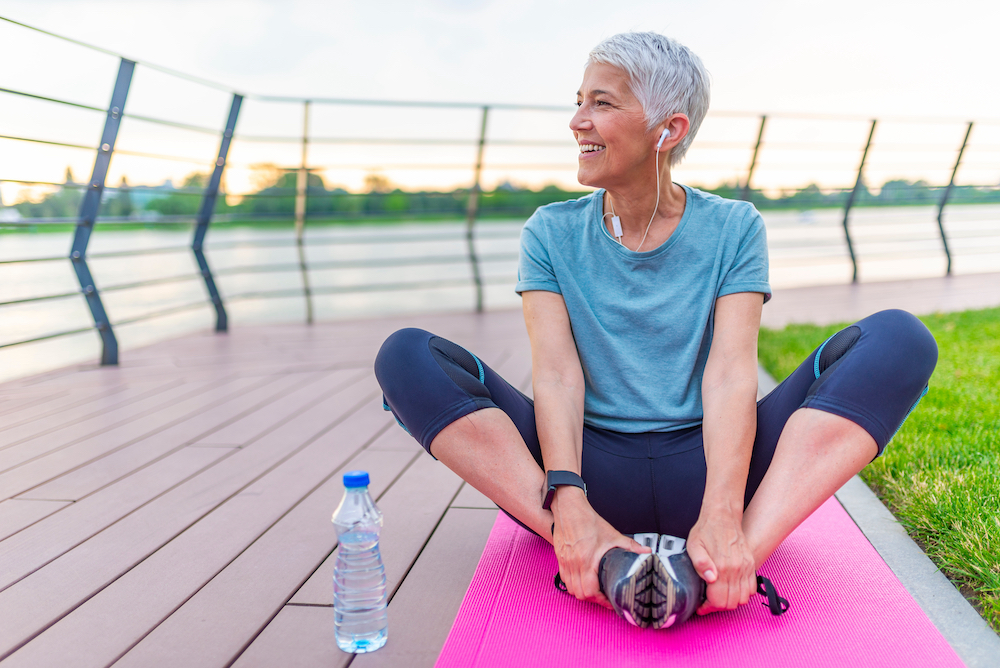
Benefits of Active Relaxation
Are you still on the fence about trying active relaxation? Here are some of the great benefits you can reap as a senior:
- Reduced stress
- Reduced anxiety
- Alleviated tension
- Calmer mind
- Improved flexibility
- Accelerated recovery time
- Overall improved sense of well-being
The Takeaway
While some folks relax by marathoning a new TV show, and others like reading their favorite books while curled up by the fire, switching things up and trying out active relaxation techniques is never a bad thing! Active relaxation is simple to implement, and with such an array of techniques available, even those with limited mobility or other health concerns can find a way to participate.
If you have concerns, be sure to talk with your doctor before starting. After all, safety should always be your number one priority! Though once you have the all clear from your physician, begin experimenting and find out which active relaxation technique is best for you.


